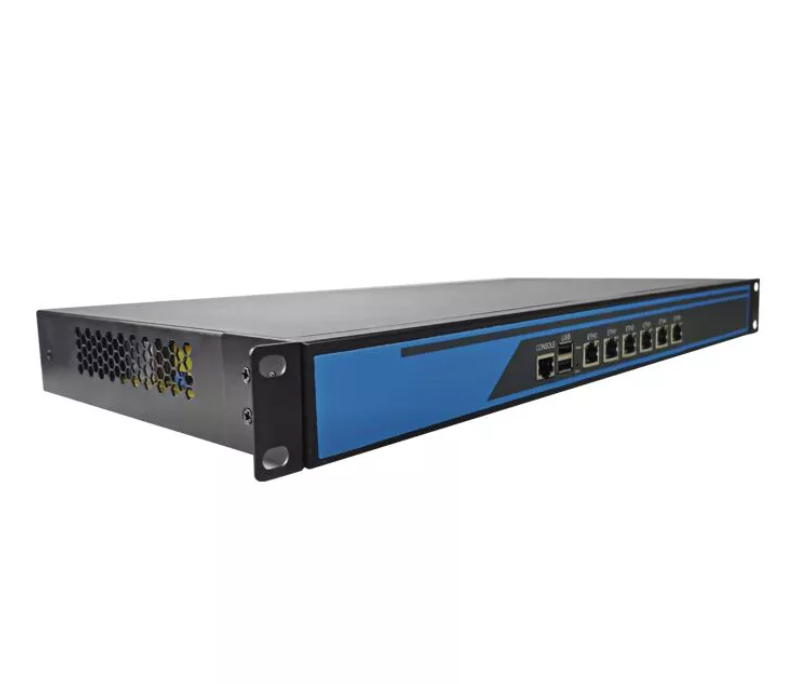WLAN Controller AP Gateway: Improve The Network Efficiency
2022.11.16 / By hqt
What Is A WLAN Controller AP Gateway?
A WLAN controller AP gateway is a device that connects to a wired network and provides wireless internet access.
A WLAN (wireless local area network) controller is a device that manages the radio frequency spectrum in an efficient manner to avoid interference and collisions between devices that are using the same spectrum. It also controls access to the network and supports authentication.
The role of a WLAN controller is to provide centralized control over a wireless network. The main function of this device is to manage all aspects of wireless communications in order to ensure smooth functioning and seamless connectivity for users.
Its main purpose is to provide security for your network by allowing only authorized users access or limiting access only to those who need it. In addition, it can also be used to control bandwidth usage by restricting certain applications such as file sharing or streaming media.
A WLAN controller AP gateway can be used in many different ways:
- It can be used as an access point for a single building or floor, providing wireless connectivity for all devices within the building.
- It can be used as an access point for multiple buildings or floors, providing connectivity between them.
- It can be used as part of an enterprise-wide network, connecting all buildings together in order to provide better overall coverage and speed.
- They are usually controlled by software rather than hardware, which means they are easier to configure and manage than standard Wi-Fi routers.
The WLAN Controller AP Gateway Helps To Improve Network Efficiency:

The Sailsky WLAN Controller AP Gateway is a powerful tool that offers a lot of benefits to you. It was designed to help you get the most out of your wireless network by providing you with a way to manage and monitor your APs. The gateway is a cloud-based software solution that allows you to manage all of your networks from one place. This makes it easier for you to configure, monitor, and control your network remotely on any device, anywhere in the world.
Manage All Of Your APs:
The gateway lets you manage your entire network from a single interface, which means you can easily manage all of your APs from one system. You can also use it to customize your network by creating different types of VLANs or configuring SSIDs for different departments or locations within the building.
Configure Access Controls:
You can use the gateway to configure access controls so that only authorized users can access certain parts of the building or make sure that only appropriate devices are allowed on certain SSIDs. With its built-in firewall protection features, it protects against malicious attacks and viruses that enter through wireless connections.
Monitor Traffic Usage:
The gateway's analytics allow you to see exactly how much traffic is being used on each access point in real-time. You can also see which devices are using the most bandwidth at any given time. This data can be used to determine if there are any problems with your network or if there are any areas where it needs improving.
Monitor Device Statistics:
The gateway also gives you access to other useful information about each device connected to your network like its MAC address, IP address, signal strength, etc. You can use this information along with the device's MAC address and IP address to set up user permissions so that only people who should have access do while keeping unauthorized users out of your system.
How To Make WLAN Controller AP Gateway Work Better?
The biggest advantage of using an AP gateway is that it makes it easier for your IT team to manage your wireless network. With one tool they can manage all of the access points across your entire organization, whereas previously they would have needed multiple tools for each individual access point.
A WLAN controller AP gateway works in a similar way to a virtual private network (VPN). When you log on to a VPN, you usually have to enter some basic information about yourself, such as your username and password. Then, when you connect your computer to this server, it creates an encrypted tunnel between your computer and the server. This means that all of your data travels through this tunnel and no one else can access it.
But do you know how to make it work to an even greater advantage? Here are some tips to help you make it more efficient:
Use a virtual private network (VPN) server
Use a VPN server when connecting devices to your wireless network. This way, only authorized users can access the network and they won't be able to access anything else. The only way they'd be able to access any other resources is if they have administrator rights on the device or if they are using software that bypasses these restrictions. This ensures that no one can get into your network without authorization.
Encrypt traffic between the APs and the controller:
Encryption is a must for all network traffic. However, if you have an enterprise-level system, then you should use WPA2 Enterprise encryption instead of WPA2 Personal. WPA2 Enterprise encryption uses an 802.1x authentication protocol to protect user credentials over the airwaves. This ensures that only authorized users can access your wireless network and that no one else can eavesdrop on your data transmissions.
Encrypt traffic between clients and controllers:
In addition, make sure that all connections between APs and controllers use WPA2 encryption with AES ciphers. If an unencrypted wireless network is used by someone other than those who are authorized for it (such as visitors), then the data traveling over this network is susceptible to eavesdropping by unauthorized.
